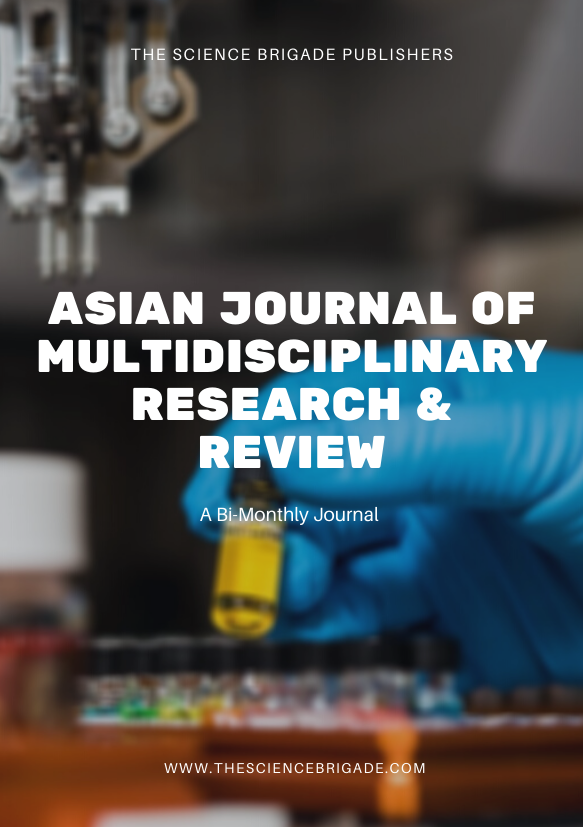The formation of the United Nations brought about the protection of International Human Rights. The United Nations in its bids to protect International human rights established mechanisms to address human rights issues. These mechanisms have played vital roles in the elimination, promotion and protection of women’s rights. However, in theory these mechanisms exist to address women’s rights issues but in reality the result has been less than the system’s expectations. This failure has raised concerns for the protection and enforcement of international regime on women’s rights.
The UN human rights system has also been actively involved in monitoring the core international human right treaties by state parties. The state parties that have ratified the treaties has an obligation to ensure the reform of discriminatory laws and practices; submit periodic reports to the treaty bodies which reviews State action including legislation and policies, reviewing States report on their compliance with international standard, visiting countries to carry out fact-finding, promoting human rights and making policy recommendations to States.
This article will give a better understanding of International regime on women’s rights through the working of the United Nations human rights mechanism that is categorized into charter based bodies and the treaty based bodies. These human rights mechanisms work together for the promotion and protection of women’s rights. However, despite the human rights instrument provisions to protect the rights of women, there are some challenges that may impede the enforcement of these rights. Therefore, this article has identified some of these challenges and will proffer solutions to these challenges.






